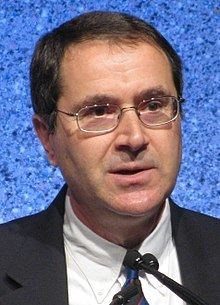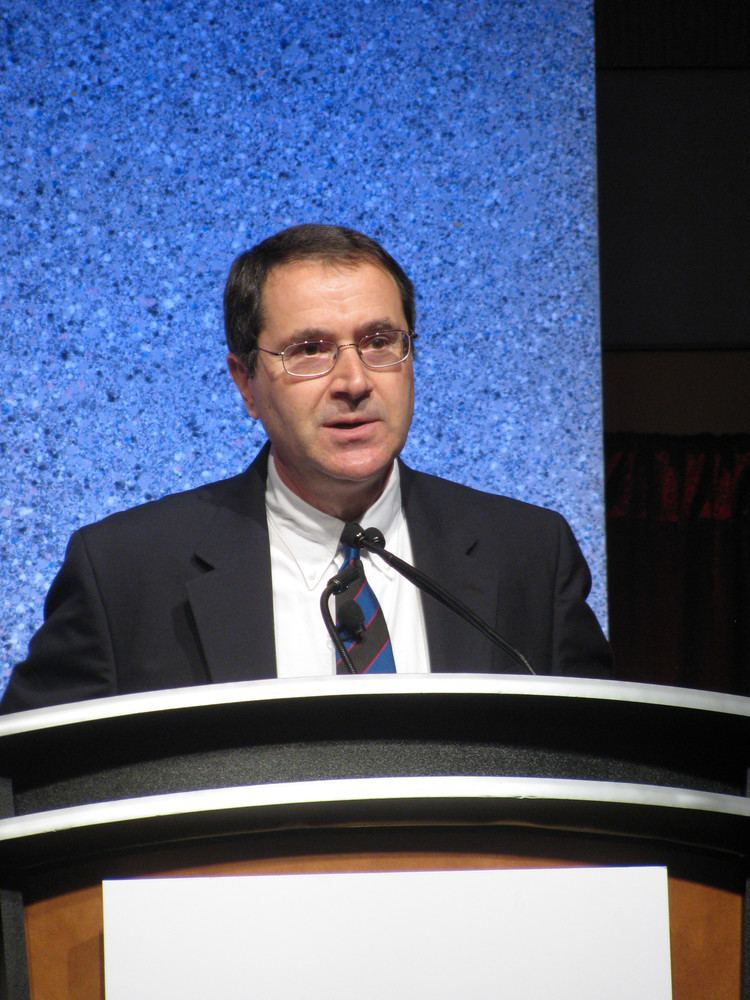Name David Galenson Role Economist | Parents Walter Galenson | |
 | ||
Awards Guggenheim Fellowship for Humanities, US & Canada Books Old masters and youn, Conceptual Revolutions in Twenti, Painting outside the Lines, White Servitude in Coloni, Artistic capital Similar People Gary Becker, Andrew Dickson White, Milton Friedman | ||
Education Harvard University (1979) | ||
David galenson at the skoll world forum 2007
David Walter Galenson (born June 20, 1951) is a professor in the Department of Economics and the College at the University of Chicago, and a Research Associate of the National Bureau of Economic Research. He has been a visiting professor at the California Institute of Technology, Massachusetts Institute of Technology, the University of Texas at Austin, the École des Hautes Études en Sciences Sociales in Paris, and the American University of Paris. He is the Academic Director of the Center for Creativity Economics, which was inaugurated in 2010 at the Universidad del CEMA, Buenos Aires.
Contents

He is the son of economists Marjorie and Walter Galenson. He attended Phillips Academy. He then studied at Harvard College for both his undergraduate and graduate education, completing his PhD in 1979.

Contributions
Galenson has become famous for postulating a new theory of artistic creativity. Based on a study of the ages at which various innovative artists made their greatest contributions to the field, Galenson's theory divides all artists into two classes: Conceptualists, who make radical innovations in their field at a very early age; and Experimentalists, whose innovations develop slowly over a long period of experimentation and refinement.
Although Galenson initially developed his theory from data solely concerning the visual arts, he has since also investigated conceptual and experimental innovators among poets, novelists, film makers, popular musicians and economists.
Among the examples Galenson cites of conceptualists are:
Among the examples he gives of experimentalists are:
In 2008, he was awarded a Guggenheim Fellowship in fine arts research.
Comics theorist Scott McCloud seems to have anticipated some aspects of Galenson's theory in his 1993 book Understanding Comics.
Criticisms
Galenson's distinction between conceptual and experimental is based upon evidence from the age in which artists were most productive creatively. However, other studies have challenged that the underlying cause is not age, but are due to artistic movements which occur in certain periods. Artists in artistic movements tend to be creative regardless of their age. Thus, Galenson's theory has been criticized for overemphasizing the individual and overlooking the collective aspects in supporting creativity.
